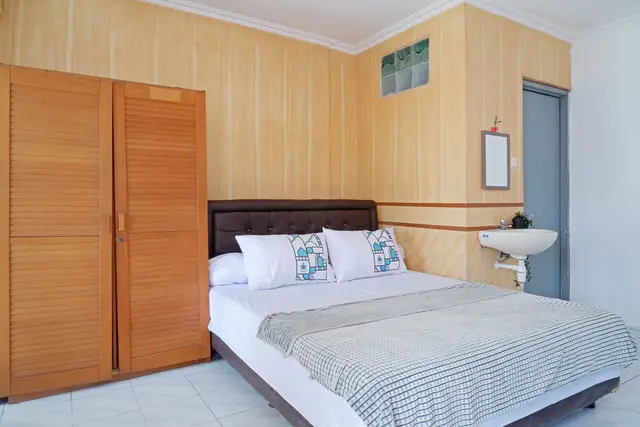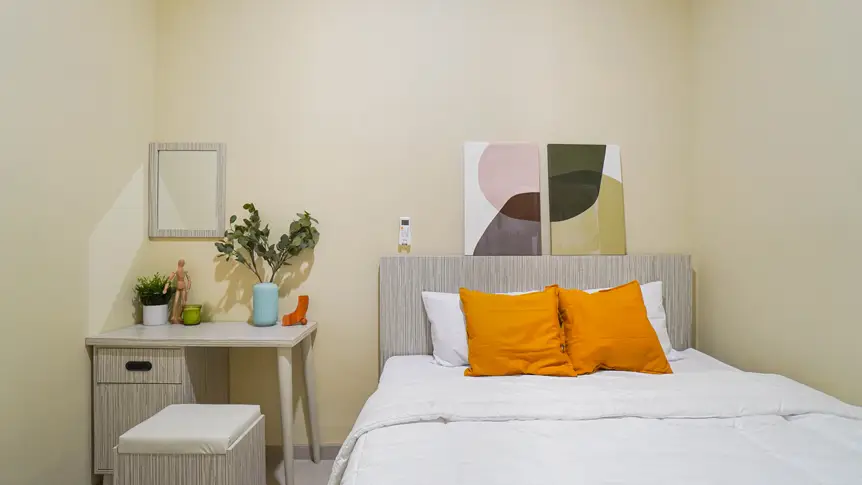What Is Omakase? Meaning, History, and Dining Style Explained
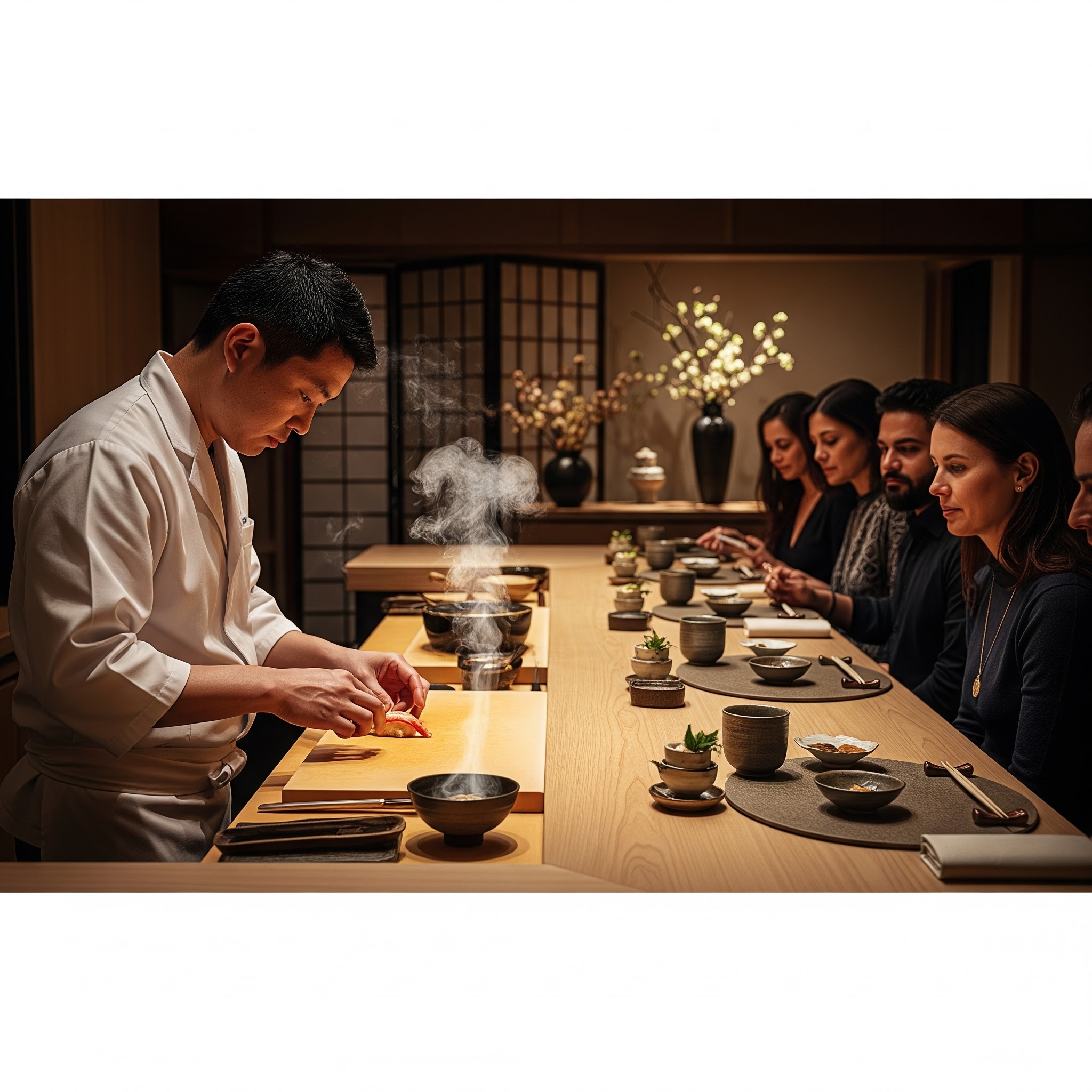
Omakase dining blends culture, history, and taste.
Have you ever heard of omakase (pronounced o-ma-ka-se)? This unique Japanese omakase dining style is more than just another meal—it’s a curated culinary journey. The word omakase (お任せ) literally translates as “I leave it up to you,” reflecting the idea that diners let the chef decide the menu.
Rather than ordering from a menu, guests entrust the chef to prepare seasonal and creative dishes that showcase their skill.
Curious about omakase meaning, its origin, or how omakase style dining works? Let’s dive in.
Also read: Best Bars in Senopati to Unwind After a Long Day: Relax and Recharge
Omakase Meaning: “I Leave It Up to You”
The core of omakase lies in trust. Diners invite the chef to take full control over the progression of the meal—what to serve, when, and how. As described by the Michelin Guide, the truth of omakase lies in the phrase itself—“I leave it up to you”. Rather than presenting a fixed menu, the chef selects and serves dishes based on seasonal ingredients, guest preferences, and available produce.
This model contrasts with okonomi (from the Japanese word 好み, konomi “preference”), where customers pick what they want. In the omakase experience, the chef’s creativity and judgment guide every decision.
A Brief History of Omakase in Japan
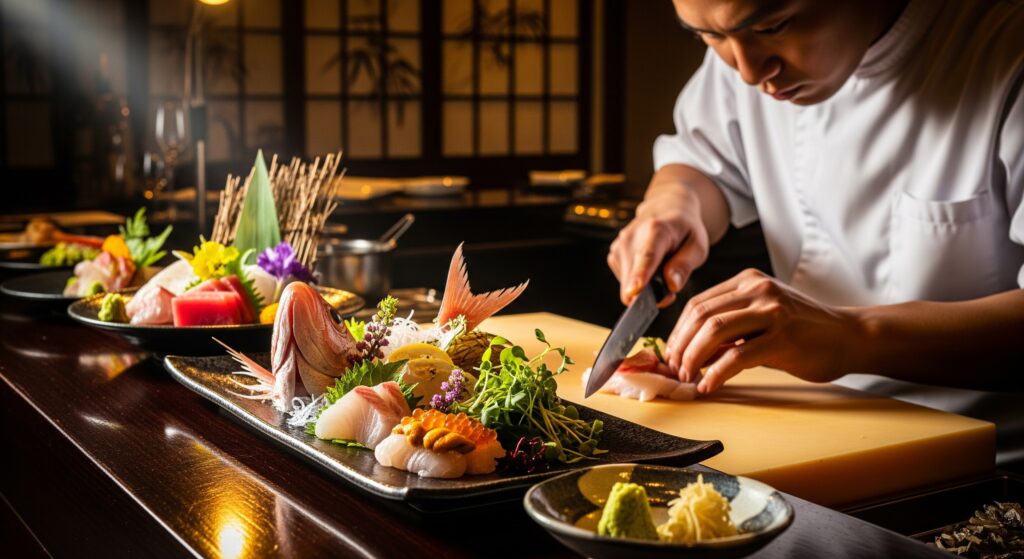
The tradition of omakase evolved from sushi dining customs, rooted in the Edo period (1603–1868). During that era, sushi was often served from stand-up street stalls (edomae sushi) where having a full menu was impractical. Diners often relied on the chef’s choice, paving the way for a trust-based offering.
However, as explained by Britannica, omakase as a formal dining style took off more prominently in the 1990s. With more affluent customers who lacked detailed knowledge of sushi varieties, restaurants began offering chef-curated menus to spare diners embarrassment and to highlight the chef’s artistry.
Over time, Japan omakase transformed into a hallmark of high-end Japanese cuisine, expanding beyond sushi to include multiple techniques like grilling and simmering.
How Omakase Style Dining Works
When you sit down for omakase style dining, you often face the chef—sometimes at a sushi counter—so you can see your meal prepared in real time. The chef begins with lighter courses, such as sashimi or small appetizers, then progressively moves to cooked dishes, sushi, and dessert. The flow is deliberate, balancing texture, taste, and pacing.
Some aspects to expect:
- Seasonality & freshness: Chefs choose ingredients at their peak.
- Chef’s creativity: The menu can adapt mid-course based on your reactions or preferences.
- Interaction: You may chat with the chef about ingredients or techniques.
- Surprise factor: Because menus aren’t fixed, each omakase feels unique.
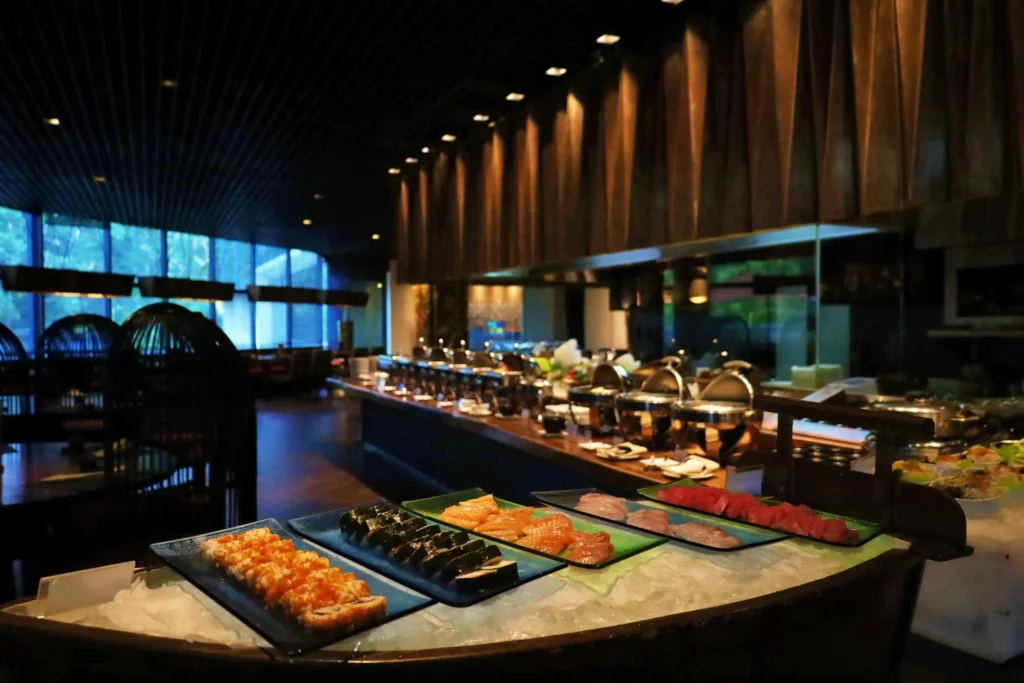
Many restaurants set a base price for the experience to help diners anticipate costs. Some may allow additional courses à la carte.
The price of an omakase in Jakarta can vary quite a bit depending on the restaurant, number of courses, ingredient quality, and location. Here’s a breakdown of what you might expect, with examples:
| Price Range | What You Get | Where to Dine |
|---|---|---|
| Budget / Entry-level (IDR 300,000 ‒ 700,000) | Small men sets, fewer courses, simpler ingredients | Kohai Sushi Bar starting IDR 370,000 per set (13-course regular menu). |
| Mid-range (IDR 700,000 ‒ 1,500,000) | More courses, better ingredients, more attention to presentation | Ichiba’s 15-course menu at about IDR 680,000. Several fine dining restaurants offer full omakase sets starting IDR 1 million. |
| Premium / Luxury (> IDR 1,500,000) | High-end ingredients (e.g. wagyu, uni, seasonal fish), multi-course menus, upscale dining experience | Yoshi Izakaya’s omakase 8-course @ Gran Melia Jakarta (IDR 1,800,000++), Pullman Seafood Omakase from IDR 2,100,000++ per person. |
Also read: The True Cost of Living in Indonesia | What Expats Should Know
Why Omakase Is So Popular
In recent years, omakase is gaining popularity worldwide because it combines culinary mastery with an immersive, personalized experience. Diners enjoy the freedom from decision-making, the surprise of each dish, and the deep connection to tradition and the chef’s craft.
From Tokyo to New York, Japanese omakase restaurants are celebrated for elevating food into an art form. They offer not just sustenance, but storytelling—connecting diners to the seasons, ingredients, and the hands that prepared them.
The omakase style invites you to let go of control and allow the chef to guide your culinary journey. If you ever get the chance to try it, sit back, enjoy the surprises, and experience Japanese dining at its finest.
So now you know what omakase is—more than just a menu choice, it’s a trust-based, chef-led dining style that combines tradition, creativity, and the freshest seasonal ingredients.
Just like enjoying omakase, where every dish is carefully crafted for your comfort and delight, finding the right place to live should also feel seamless and thoughtful. If you’re relocating to Jakarta or looking for long-term accommodation, Rukita offers coliving spaces and apartments designed with convenience and modern comfort in mind. With premium facilities, flexible options, and a welcoming community, Rukita makes everyday living as effortless as savoring a Japanese omakase experience.
Don’t forget to download Rukita app via Google Play Store or App Store or visit www.rukita.co. Follow Rukita’s Instagram account @rukita_indo, X account @rukita_id, and TikTok account @rukita_id to get the most recent information and other interesting deals!
Bagikan artikel ini
